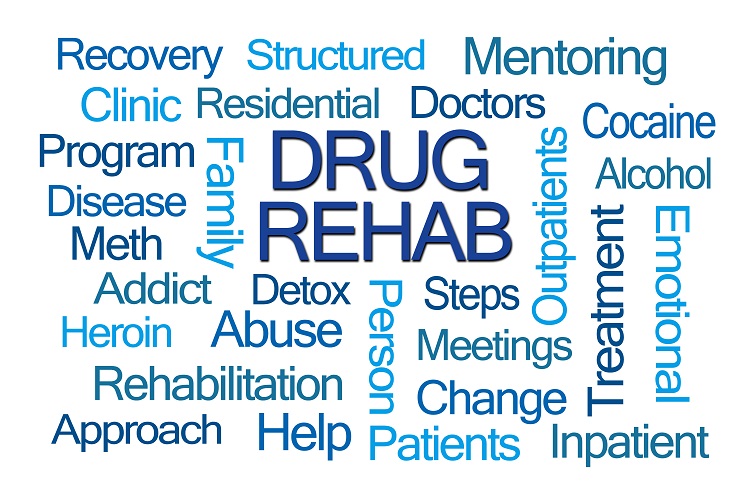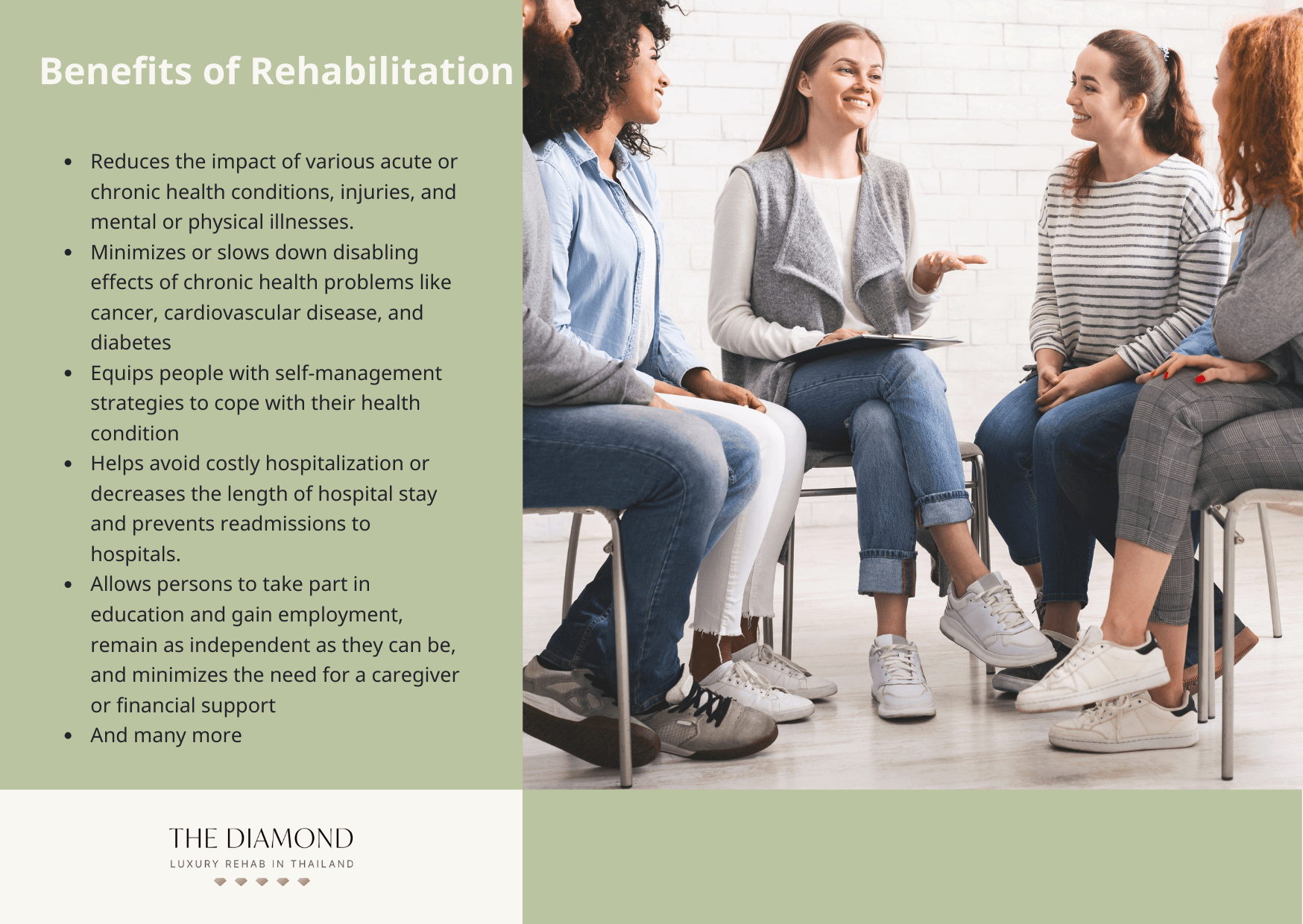All About Narconon Africa
All About Narconon Africa
Blog Article
Getting The Narconon Africa To Work
Table of ContentsThe 45-Second Trick For Narconon AfricaRumored Buzz on Narconon AfricaHow Narconon Africa can Save You Time, Stress, and Money.Facts About Narconon Africa RevealedThe smart Trick of Narconon Africa That Nobody is Talking About4 Easy Facts About Narconon Africa ShownNarconon Africa Fundamentals Explained
In a series of documents with Manudeep Bhuller and Katrine V. Lken, we get over these information obstacles and the nonrandomness of jail time, using brand-new understandings into just how incarceration affects regression, employment, children, and criminal networks - Effective drug addiction solutions. Figure 1 Our work researches the impacts of incarceration in Norway, a setting with two key benefitsWe can better link this information to various other relative, including youngsters and brother or sisters. We have details on co-offending that allows us to map out criminal networks for observed criminal activities. Second, we can take advantage of the arbitrary project of criminal cases to courts that differ in their tendencies to send out accuseds to jail.
Some judges send out accuseds to jail at a high price, while others are more tolerant. We gauge a judge's stringency as the average imprisonment price for all other instances a judge takes care of, after managing for court and year fixed results, which is the degree of random job. This quasi-random project of court stringency can be used as an instrument for imprisonment, as it strongly forecasts the judge's decision in the existing instance, but is uncorrelated with other case features both by style and empirically.
Things about Narconon Africa
Features of prisoners, including demographics and crime classifications, are extensively comparable in Norway and various other countries, consisting of the United States, with the exceptions that the United States homicide price is a lot greater, and race plays a bigger duty there. What stands out as different, especially compared with the USA, is the jail system.
Figure 2In Norway, the ordinary time invested in prison is a little over six months, which resembles most other Western European countries. This contrasts with ordinary United States jail time of almost three years, which remains in large component the reason the United States is an outlier in its imprisonment rate compared to the remainder of the globe [Number 1]
More About Narconon Africa
This gives far more separation between minor and hard crooks than exists in the USA. There is no overcrowding in Norwegian jails and far better personal safety, with each detainee being assigned to their own cell and a higher inmate-to-staff proportion than in the USA (https://za.enrollbusiness.com/BusinessProfile/6708867/Narconon%20Africa#). Prisons in Norway likewise provide well-funded education and learning, medication therapy, psychological health and wellness, and work training programs
Our research study on the results of incarceration on the offender, making use of the random assignment of courts as a tool, yields three vital searchings for. Imprisonment prevents even more criminal behavior. We find that imprisonment decreases the likelihood that a person will certainly reoffend within five years by 27 percentage factors and reduces the equivalent number of criminal fees per individual by 10 charges.
Facts About Narconon Africa Uncovered
We discover large declines in reoffending likelihoods and collective charged crimes also after offenders are launched from jail. Our 2nd result is that prejudice due to choice on unobservable specific attributes, if ignored, causes the incorrect verdict that time invested behind bars is criminogenic. If we just compare criminal defendants sentenced versus those not sent to jail, we locate favorable organizations between incarceration and subsequent crime.
This stands in contrast to our analysis based on the random task of courts, which finds an opposite-signed result. Third, the decrease in criminal activity is driven by people that were not functioning prior to incarceration. Among these individuals, jail time boosts involvement in programs guided at boosting employability and lowering regression, and this eventually raises employment and profits while discouraging criminal behavior.

Jail time triggers a 34 percentage factor rise in engagement in job training programs for the previously nonemployed, and within five years their work price increases by 40 percentage factors. At the same time, the probability of reoffending within five years is reduced by 46 percentage factors, and there is a decrease of 22 in the typical variety of criminal fees.
Some Ideas on Narconon Africa You Need To Know

A probable explanation for the difference is that Norway's prison system varies substantially, both in terms of prison-term length and jail problems, from the United States jail system. While understanding the effects of incarceration on the culprit is a vital initial step, recording spillover effects is likewise essential for assessing criminal justice policy and designing efficient prison systems.
Some Ideas on Narconon Africa You Should Know

Regular least squares estimates expose that kids of incarcerated papas are 1 portion point most likely to be charged with a criminal activity, about a mean of 13 percent, and show no impact on college grades. Using our judge stringency tool, we discover no statistical evidence that a father's imprisonment affects a youngster's own crime or school grades, but we are not able to dismiss modest-sized effects.
A Biased View of Narconon Africa
We specify criminal groups based upon network web links to previous criminal instances. Our evaluation returns three main findings. First, when a criminal network member is put behind bars, their peers' probability of being billed with a future criminal activity decreases by 51 percentage points over the next four years. Likewise, having an older bro jailed reduces the possibility his more youthful bro will be billed with a crime by 32 percentage points over the next 4 years.
Report this page